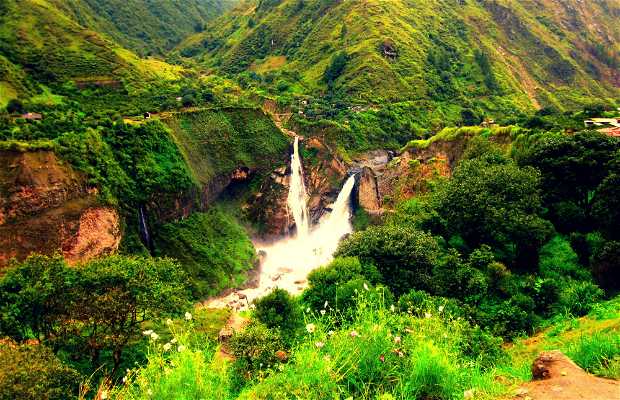A good place to spend a few days
Baños is a town on the edge of the Ecuadorian jungle. Arriving from the Andes (totally deserted) we saw how quickly the landscape changes. Beyond is the Ecuadorian jungle. Growing in the tropical climate is cultivated Passion Fruit. Baños is located in a valley with waterfalls and hot springs. Set beside the Tungurahua volcano over 5,000 high (the volcano is active). It has a spa (a little crowded) and many businesses running outdoor activities (quads, horseback riding, hiking, rafting ...). It is a good place to spend a couple of days before entering the jungle.












